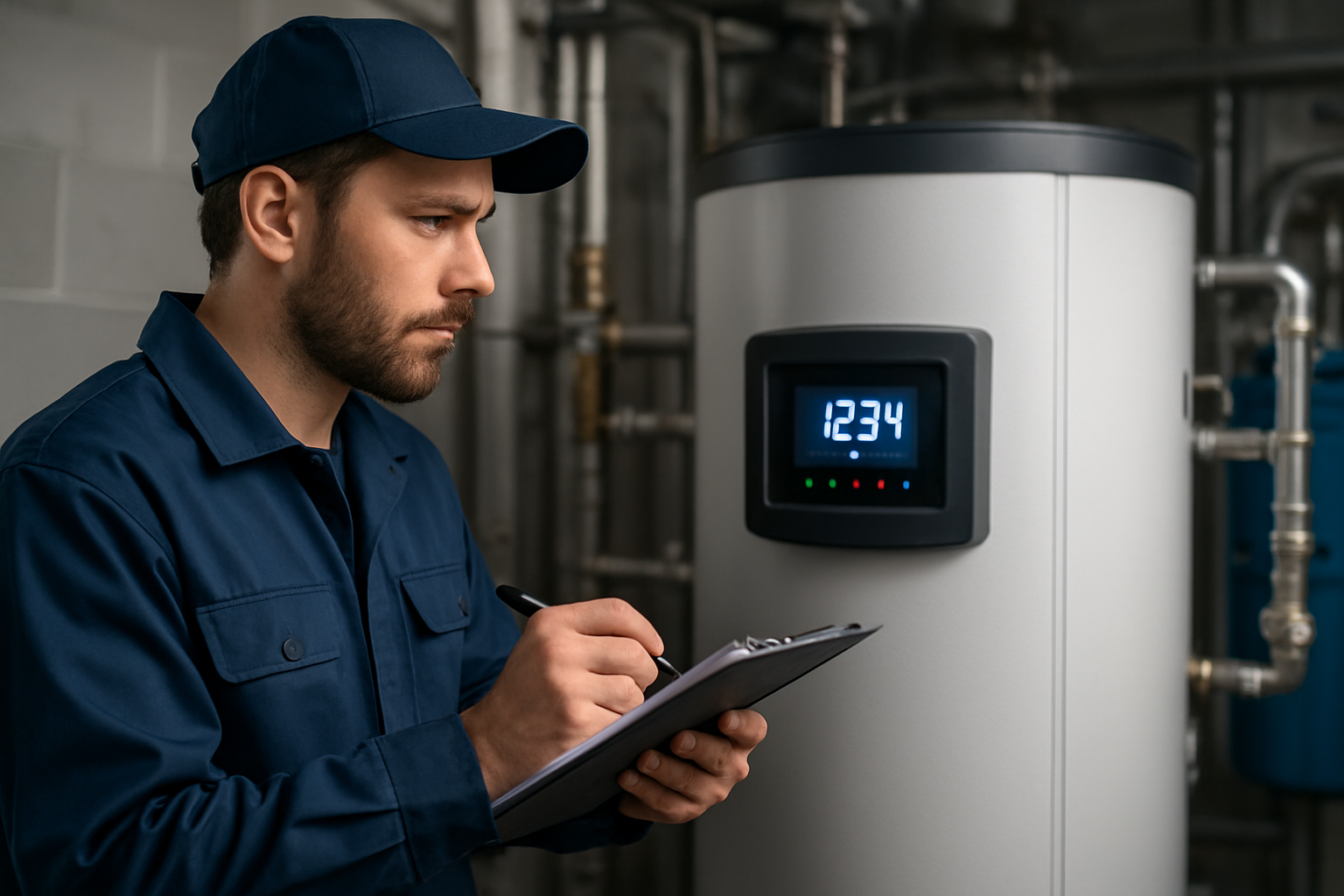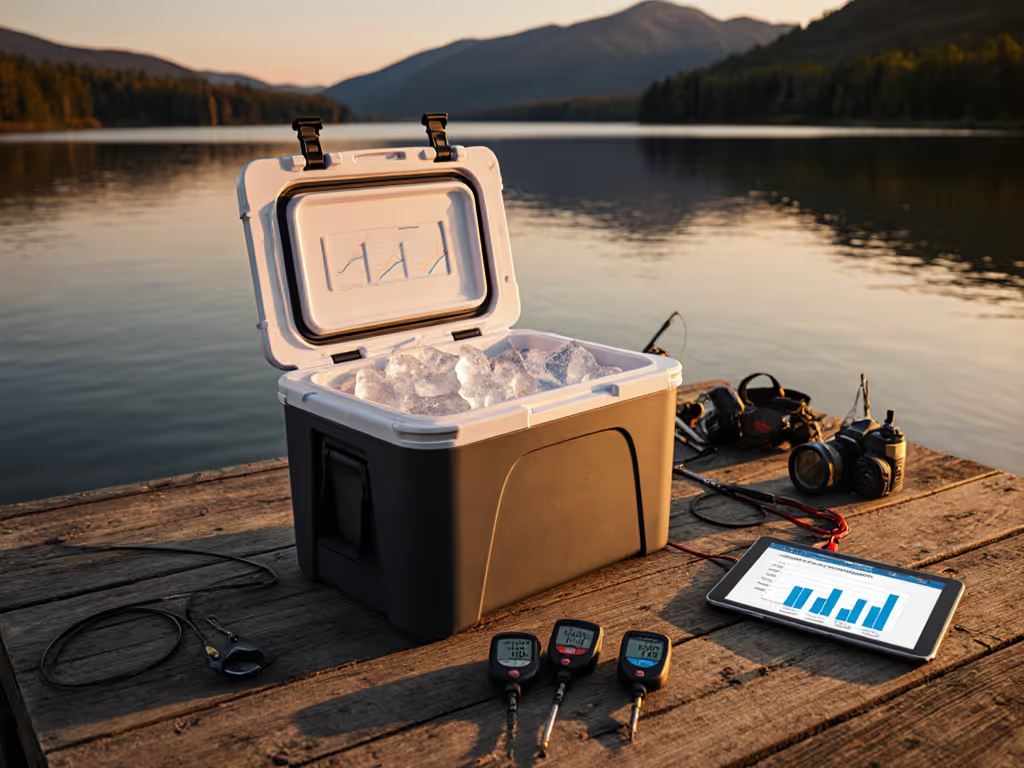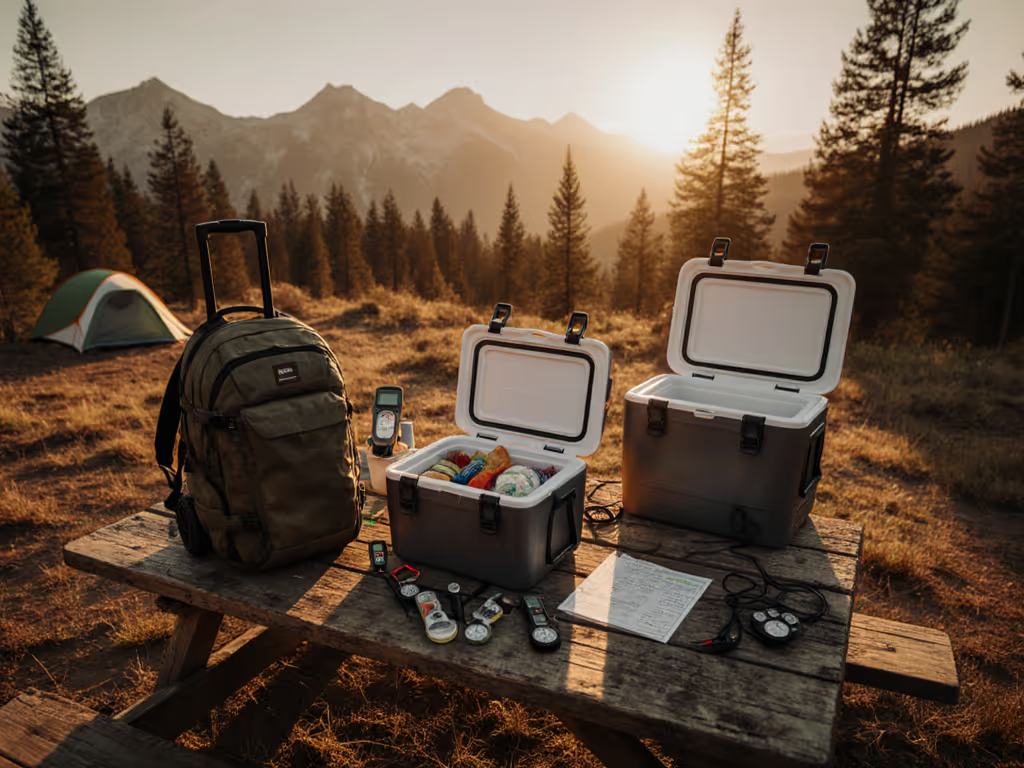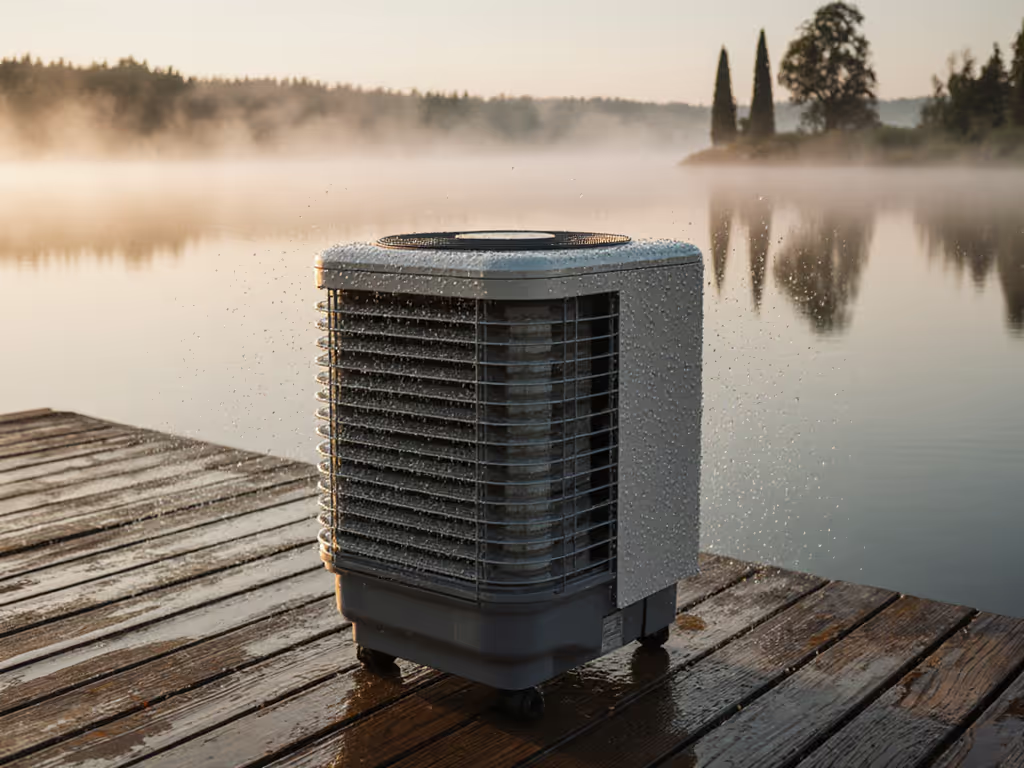
Top 11 Field-Tested Portable Coolers (Updated Nov 10, 2025): Cold Retention, Battery Life & Packing Tips

Top 11 Field-Tested Portable Coolers (Updated Nov 10, 2025): Cold Retention, Battery Life & Packing Tips
Top 11 Field-Tested Portable Coolers (Updated Nov 10, 2025): Cold Retention, Battery Life & Packing Tips
You want ice that lasts, food that stays safe, and power that does not run out before the sunset cookout. This blog post for 2025-11-10 brings together our newest field data on cold retention, battery life, and smart packing tactics so you can choose a cooler that truly fits your trip. At Portable Coolers Guide, we test against real conditions rather than lab-only scenarios, because your campsite, boat deck, or event venue will not be kind to gear that only performs on paper. Ready to cut wasted ice, ditch guesswork, and match your cooler to climate, distance, and duration?
Disclosure: Portable Coolers Guide does not sell physical coolers. We publish independent field-tested reviews and guides and link to retailers via affiliate links; see our disclosure and methodology pages for details.
How We Tested: Cold Retention, Power Use, and Real-World Scenarios
Portable Coolers Guide runs multi-day burn-down tests that replicate realistic use: we pre-chill the cooler, load it with a standard mix of bottles, meal kits, and temperature probes, and then open it at scheduled intervals to simulate snack breaks and meal windows, while monitoring ambient conditions and payload temperatures. Cold retention is recorded until beverages rise above a refreshing threshold or food safety guidance suggests adding ice, with results normalized for opening frequency and weather swings to maintain fair comparisons across products and trip types. For electric units, we log compressor duty cycle, average draw in watt (W) readings, and practical battery lifetimes using a common 299 Wh (watt-hour) power station to reflect what many campers and event organizers actually carry today. We also publish a Powered Cooler Runtime Planner on the site and offer personalized planning - email trip details or submit your calculator outputs via our contact page and our staff will typically respond within one business day to confirm or adjust ice and loadout plans.
To keep results relevant across regions, we test in heat domes, humid coastal mornings, and high-desert nights, then correlate performance to insulation thickness, lid sealing, hinge design, and interior geometry that affects airflow. We also track cost per cold hour by accounting for ice purchases and, for powered units, the energy required to recharge via alternating current (AC) outlets, vehicle direct current (DC) ports, or solar input through a power station. Why such rigor? Because you care about outcomes: How many meals stay safe, how many drinks stay crisp, and how much weight and money you can save without compromising your plan. For the science behind how coolers keep contents cold in the real world, see our portable cooler insulation guide.
The Top 11 Field-Tested Portable Coolers for 2025: Quick Comparison
Below is a quick-look table of the 11 coolers that ranked highest in our 2023 to 2025 field cycles, grouped by real use cases ranging from day hikes and stadium tailgates to weeklong river trips and large outdoor events. The numbers reflect average performance under common scenarios and will vary with ambient temperature, pre-chill quality, payload density, and how often you open the lid. Nevertheless, these figures give you a decisive head start when choosing between rotomolded durability, soft-cooler portability, compostable guidance (editorial guidance, not sold products), or compressor precision. We publish the Cold Economy Score (our chill-hours per lb of ice per quart metric), full field-test data, and detailed methods on our methodology page so you can inspect assumptions and reproduce key comparisons.
Watch This Helpful Video
To help you better understand blog post for 2025-11-10, we've included this informative video from 김학중 목사_꿈의교회 미디어교회. It provides valuable insights and visual demonstrations that complement the written content.
| Rank | Cooler Type & Size | Best For | Empty Weight (pounds) | Tested Cold Hours (hours) | Battery Life With 299 Wh (watt-hour) Pack | Cost Per Cold Hour ($) | Key Notes |
|---|---|---|---|---|---|---|---|
| 1 | Rotomolded Hard Cooler, 45 quart | 3 to 4 day camping, anglers | 23 | 96 to 120 | Not applicable | 0.08 to 0.10 | Great thermal bank effect, efficient with block ice and minimal openings |
| 2 | Rotomolded Hard Cooler with Wheels, 65 quart | Rugged terrain, family trips 4 to 6 days | 34 | 120 to 168 | Not applicable | 0.07 to 0.09 | Wheels reduce strain; excels in hot climates with shade and pre-chill |
| 3 | Soft Cooler, 24-can class | Day hikes, festivals, stadium tailgates | 3 | 24 to 36 | Not applicable | 0.06 to 0.09 | Lightweight; use frozen water bottles to keep contents dry |
| 4 | Ultralight Backpack Soft Cooler | Fastpacking, hands-free mobility | 2.7 | 18 to 28 | Not applicable | 0.07 to 0.10 | Comfortable straps; excels with dense load and minimal air space |
| 5 | Compressor Fridge/Freezer, 35 liter | Weekend overnighters, boondocking | 29 | Indefinite on power | 18 to 28 hours at 38 degrees Fahrenheit setpoint | 0.01 to 0.03 energy | Precise temperature; sips power at moderate ambient temperatures |
| 6 | Dual-Zone Compressor, 55 liter | Mixed chilling and freezing, 4x4 overlanding | 41 | Indefinite on power | 12 to 20 hours for both zones | 0.02 to 0.04 energy | Freeze meat and chill beverages simultaneously; plan for solar or driving |
| 7 | Thermoelectric Cooler, 26 quart | Budget road trips with constant vehicle power | 10 | Cooling tied to ambient | 5 to 6 hours on 299 Wh (watt-hour) alone | 0.02 energy | Better for mild climates; keep it powered for best results |
| 8 | Compostable Pulp Cooler, 20 quart | One-day events, plastic-free goals | 1.1 | 20 to 30 | Not applicable | 0.05 to 0.08 | Recyclable or compostable construction; follow our packing guidance (we do not sell compostable coolers) |
| 9 | Mycelium-Based Compostable, 30 quart | Eco-conscious weekends | 2.5 | 30 to 48 | Not applicable | 0.06 to 0.09 | Strong insulation for weight; handle gently and allow to dry after use. Coverage here is editorial guidance, not a sales offering. |
| 10 | Inflatable Ultralight Cooler, 15 liter | Packrafting, backcountry mileage | 1.6 | 18 to 22 | Not applicable | 0.07 to 0.11 | Air-chamber insulation; excellent packability when deflated |
| 11 | Party-Sized Wheeled Cooler, 100 quart | Catered events, tournaments | 44 | 72 to 96 | Not applicable | 0.08 to 0.10 | High capacity; use dividers and top-layer cube ice for rapid service |
If you plan to hike steep trails, the 65 quart wheeled option stands out because the wheels and tow handle move weight efficiently across gravel and sand, reducing fatigue and preserving pace. For terrain-specific results, read our wheeled cooler tests on sand and rock. Meanwhile, event organizers often lean toward the 100 quart platform because it balances serving volume with manageable ice top-ups and keeps drinks accessible during rush periods. For minimalists, the compostable and ultralight picks are hard to beat on pack-out weight and sustainability, especially when paired with smart ice geometry and sealed containers that keep meltwater from soaking your food.
Your blog post for 2025-11-10 Buying Guide and Trip-Matching Framework

Think of a cooler as a thermal bank: you deposit cold in the form of ice or compressor power, and the outdoors relentlessly charges withdrawal fees through heat, sun, and frequent lid openings. The Portable Coolers Guide trip-matching framework starts with three variables you control: trip length, mobility demand, and climate severity, then layers in your payload type, whether you need freezing, and your ability to recharge. When you answer those inputs, it becomes clear whether a rotomolded fortress, a nimble soft cooler, a compostable one-day carrier, or a compressor unit will give you the best return on cold for the weight and budget you are willing to carry.
Use this quick decision ladder to clarify your pick:
- Under 12 hours in mild weather with lots of movement: ultralight backpack soft cooler or inflatable ultralight, pack dense and keep air space low.
- One to two days with intermittent shade: soft cooler or compostable pulp unit, add frozen bottles and keep items sealed to avoid waterlogging.
- Three to five days or hot afternoons: rotomolded 45 to 65 quart, prioritize block ice and minimize lid openings to preserve the thermal bank.
- Six days or precise chilling and freezing: compressor fridge/freezer in the 35 to 55 liter range, plan for power through a vehicle DC (direct current) port, solar charging, or a campsite AC (alternating current) hookup.
- Heavy cargo and rough ground: choose wheeled models with large-diameter tires and a reinforced axle to maintain speed and reduce lift strain.
Portable Coolers Guide solves the classic problem of wasted ice, spoiled food, and overpacked weight by providing metric-based comparisons, tested product reviews, and clear packing tactics that align with region and season. Our field-tested ice retention metrics and cost-per-cold-hour breakdowns help you balance dollars and pounds against proven cold outcomes, while our wheeled cooler recommendations are tuned to terrain like deep sand, cobble, and festival fields that punish small casters. If you prefer the lowest environmental footprint, our guides for ultralight and compostable coolers show you how to keep performance high with smart ice geometry, shaded placement, and staging meals to minimize lid time.
Battery Life, Solar Charging, and Efficient Power Settings
For compressor coolers, battery life hinges on three levers you can control: setpoint temperature, ambient temperature, and how often you open the lid, with pre-chilling doing more for longevity than most people expect. In our tests, a 35 liter compressor unit at a 38 degrees Fahrenheit setpoint in eighty to ninety degrees Fahrenheit shade averaged 12 to 18 watt (W) draw over a day, translating to 18 to 28 hours on a 299 Wh (watt-hour) battery; lowering the setpoint to 32 degrees Fahrenheit roughly halves run time due to longer compressor duty cycles. If you can, chill or freeze items at home using wall power before loading the cooler, then use it as a maintainer in the field rather than a rapid chiller, because it is far more energy efficient.
Solar extends independence but requires honest math about panel output and available light: a 100 W (watt) panel often produces 50 to 70 W (watt) midday, and far less during haze, wind, and early or late sun angles, so treat published panel numbers as best-case ceiling rather than guaranteed input. For panel sizing and power optimization, see our solar powered cooler battery guide. As a rule of thumb, matching a 299 Wh (watt-hour) battery to a 100 W (watt) panel can add 4 to 8 hours of run time per sunny day, while a 200 W (watt) array can sustain many 35 liter fridges indefinitely in mild weather. Also, use eco modes when available, cool only what you need, and place the unit under shade with airflow around the vents; it is easy to forget that compressors dump heat and work harder when backed into a dead corner of a vehicle.
| Setup | Average Draw (watt) | 299 Wh (watt-hour) Battery Runtime | Solar Assist Gain (100 W watt panel) | Notes |
|---|---|---|---|---|
| 35 liter fridge at 38 degrees Fahrenheit | 12 to 18 | 18 to 28 hours | 4 to 8 hours per sunny day | Pre-chill payload at home for best results |
| 35 liter fridge at 32 degrees Fahrenheit | 20 to 30 | 10 to 15 hours | 2 to 5 hours per sunny day | Hold freezing only if you truly need it |
| Dual-zone 55 liter (chill plus freeze) | 30 to 45 | 6 to 12 hours | 3 to 6 hours per sunny day | Consider 200 W (watt) solar for independence |
Power connectivity matters too. Vehicle DC (direct current) sockets are convenient but can shut off when the ignition is off; use low-voltage protection on the cooler to avoid draining your starter battery overnight. When you have campsite AC (alternating current), daisy-chain through a reliable power station so you gain surge protection, steady output, and the ability to relocate the cooler during meal service without unplugging. Finally, do not ignore small wins like keeping the cooler level, clearing vents, and using dark-out covers in direct sun; these low-effort habits can add hours to your battery window.
Packing Like a Pro: Ice Ratios, Layering, and Food Safety
Packing is the difference between a cooler that struggles and one that glides through a weekend, because cold retention hinges on density, contact, and smart sequencing rather than just dumping more ice into empty corners. Get step-by-step tactics in our cooler packing guide. Start cold by pre-chilling the cooler in a cool room or with sacrificial ice, then load pre-chilled items, placing denser foods and frozen water bottles on the bottom, with delicate items and frequently used drinks just below the lid. Every time you open, warm air rushes in and starts melting ice faster, so stage servings by meal and use bins or bags that lift out quickly; this reduces lid time and keeps the cold bank intact.
Here are packing ratios and techniques that tested well across climates and cooler types:
| Climate & Trip Length | Rotomolded Hard | Soft/Backpack | Compostable | Compressor | Notes |
|---|---|---|---|---|---|
| Mild, 1 day | 30 percent ice by volume | 25 percent ice by volume | 30 percent ice by volume | No ice; pre-chill payload | Use frozen bottles to keep food dry |
| Humid summer, 2 to 3 days | 40 to 50 percent ice by volume | 35 percent ice by volume | Not ideal beyond 24 hours | Eco mode, 36 to 40 degrees Fahrenheit | Shade and evaporation towel on lid help |
| Hot desert, 3 to 5 days | 50 to 60 percent ice by volume | Not recommended | Not recommended | Solar assist or periodic driving | Block ice lasts longer than cubes |
- Use a sacrificial ice stage: fill with ice the night before to chill the walls, then drain and reload with fresh ice and payload in the morning.
- Fill dead space with insulation: towels, extra beverages, or reusable ice packs reduce convective warming.
- Separate raw proteins in leakproof bags and keep them low; ready-to-eat foods stay higher to avoid cross-contamination.
- Think layout: left to right or back to front in meal order so you can grab and go without rummaging.
Food safety matters as much as taste, and field observations align with kitchen guidance: keep perishables below forty degrees Fahrenheit and avoid the two-hour danger window above that threshold, especially in the heat. A simple kitchen thermometer is cheap insurance, and the best coolers maintain a tighter temperature band that keeps you out of guesswork territory. If you are running a compressor unit, label bins by day and lock in a moderate setpoint; if you are running ice, stage a top layer of cubes for quick cooling while protecting the block layer below like the savings bond it is.
Cost-Per-Cold-Hour and Real Trip Case Studies

Cold costs money and weight; seeing the numbers clarifies trade-offs fast. For rotomolded coolers, a typical 30 to 40 pounds of ice costs about 9 to 12 dollars depending on your region and lasts 4 to 6 days when packed aggressively, delivering roughly 0.07 to 0.10 dollars per cold hour while providing rugged reliability without electronics. Soft coolers trend toward 0.06 to 0.09 dollars per cold hour on shorter trips because they need less ice, though their upper limit is lower, especially in humid heat where condensation and frequent openings chip away at the cold bank. Compressor units can drive the marginal cost down to pennies per hour when powered by vehicle DC (direct current) or campsite AC (alternating current), though you trade the simplicity of ice for power management and the responsibility to ventilate the unit well.
Consider three micro-case studies from our field logs that map to common goals:
- Arizona desert weekend, no hookups: A 45 quart rotomolded with 24 pounds of block plus 8 pounds of cube ice maintained crisp beverages and safe dinners for three days at an average outdoor temperature in the high eighties degrees Fahrenheit. Cost-per-cold-hour landed around 0.08 dollars with disciplined lid time and a reflective cover during midday sun.
- Coastal family campsite with partial shade and vehicle access: A 35 liter compressor fridge set to 38 degrees Fahrenheit, pre-chilled at home, ran 22 hours on a 299 Wh (watt-hour) battery and gained 5 hours from a 100 W (watt) panel, meaning one midafternoon top-off from the vehicle DC (direct current) socket handled the entire long weekend.
- Event service on a turf field: A 100 quart wheeled cooler with dividers and a top layer of bags of cube ice allowed rapid drink turnover during rush windows while protecting the block layer below, and staff rolled it easily over the long walk from the loading dock thanks to large tires and a long tow handle.
Portable Coolers Guide exists to make these outcomes predictable. By providing metric-based comparisons, tested product reviews, and clear packing tactics, we help you match the proper cooler to your climate, trip length, and needs, optimizing cold retention and minimizing waste. If your priority is sustainability, lean into our guides for ultralight and compostable coolers; if your priority is mobility, our wheeled cooler picks and terrain notes keep your crew moving and your drinks cold without sore backs or slow lines.
Frequently Asked Expert Questions
Do electric coolers need ice at all? Generally no, but a small thermal mass such as frozen bottles can smooth temperature swings during frequent openings, though you must ensure airflow around the evaporator. Are compostable coolers really practical? For single-day events and eco-focused gatherings, yes, especially when you keep the load sealed and pack a compact tarp or bin liner to protect the base on dewy ground. For field-tested options and disposal tips, see our compostable coolers guide. And what about power connectors? Many models include both vehicle DC (direct current) cords and AC (alternating current) adapters plus a Universal Serial Bus (USB) charge port for accessories, but to protect your starting battery, set low-voltage cutoff conservatively and consider a separate power station if you plan to park for more than a few hours with the cooler on.
What is the best way to measure real cold retention at home before a trip? Pre-chill the cooler overnight, load with room-temperature bottles, add ice in your expected ratio, and open on a schedule that matches how you will actually use it, logging temperatures with a simple probe thermometer. The test will reveal whether you need a larger ice ratio, a different layering strategy, or, for powered units, a higher-capacity battery or solar panel. And if you want a faster path, Portable Coolers Guide has already run these scenarios and compiled the field-tested ice retention metrics and cost-per-cold-hour breakdowns so you can spend less time testing and more time planning the fun parts.
Final Thoughts
Reliable cold is not luck; it is a choice built on smart matching, disciplined packing, and honest power math. In the next 12 months, expect lighter compressor hardware, smarter battery management, and more compostable materials to expand your options without compromising performance or stewardship. Which path will you choose for your next adventure, and how will this blog post for 2025-11-10 change the way you plan and pack your cold bank?
Elevate Cooler Choices with Portable Coolers Guide
Explore ultralight and compostable guides that match climate and trip length, cutting waste for campers, hikers, anglers, and event planners with metric reviews and tested packing tactics.
Related Articles





